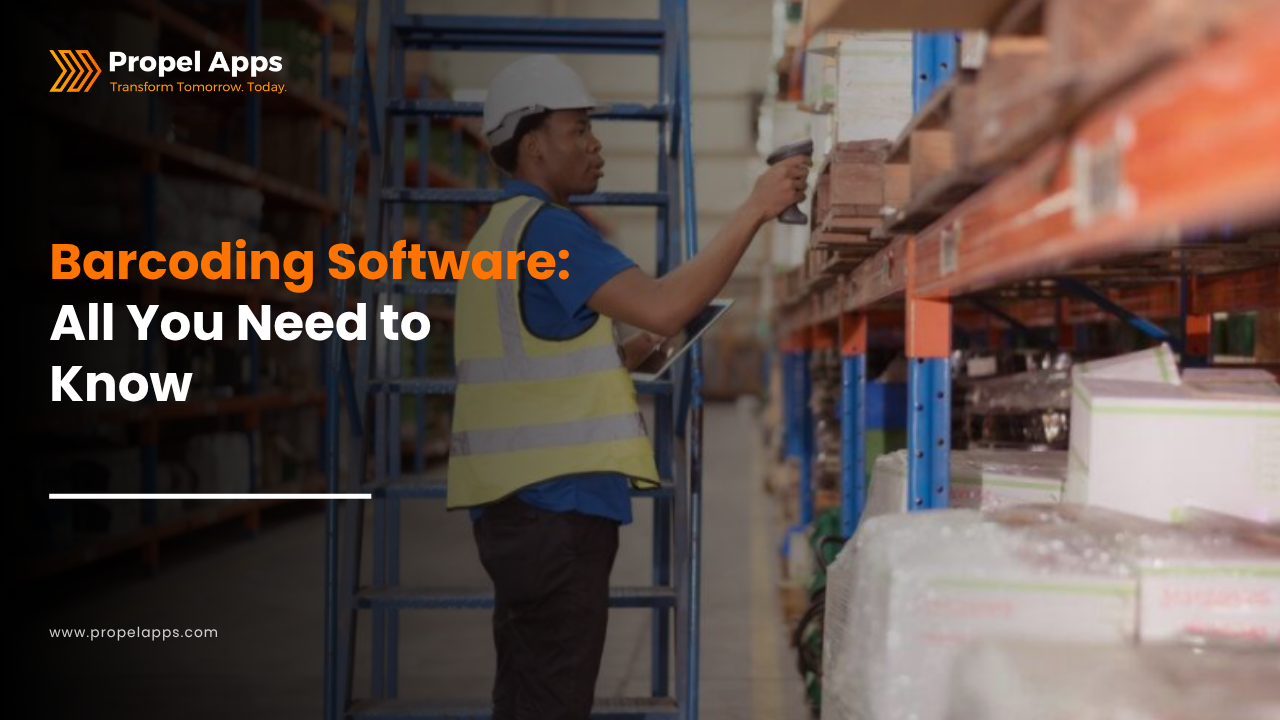
Efficient warehouse operations depend on accurate inventory control. Without a structured Barcode Inventory System, businesses risk losses, shipment delays, and unhappy customers. To overcome this, companies are turning to automation — and one tool leading the way is Barcode Software.

This technology simplifies tracking, reduces errors, and boosts efficiency. In this blog, we’ll explore what barcode software is, its benefits, types, and how a Mobile Barcoding Solution can optimize your inventory operations.
Barcode Software is a specialized tool used to create, read, and manage barcodes. These barcodes are machine-readable symbols that contain product or inventory data.
With barcode software, businesses can easily generate barcodes, tag products, and track inventory throughout the supply chain — ensuring accurate barcode inventory management.
Implementing Barcode Software can transform how you manage your warehouse.
Manual entry leads to errors. Barcode scanning ensures accurate data, reducing costly inventory mistakes.
Barcodes enable quick scanning and retrieval, speeding up tasks and cutting labor costs.
A Barcode Inventory System offers live updates on product movement, stock levels, and locations — enabling better decision-making.
Accurate data ensures products are available when customers need them. This boosts satisfaction and prevents stockouts.
Barcode systems cut waste, reduce misplaced items, and maintain ideal stock levels — saving both time and money.
Barcodes have changed how industries track and control assets. Here’s how Barcode Software adds value:
Different warehouse environments require different barcode solutions.
Ideal for small operations. Includes a barcode printer and scanner — simple, affordable, and easy to deploy.
Connects directly with ERP (like Oracle or SAP) or WMS platforms. Ensures automatic data updates and improved accuracy for complex warehouses.
Use mobile devices or apps for scanning anywhere in the warehouse. A Mobile Barcoding Solution enhances flexibility and worker mobility.
Uses radio frequency identification for faster, remote tracking. Offers more data storage and accuracy than traditional barcodes.
Store data online for remote access. Perfect for multi-location operations and scalable environments.
While traditional barcode scanners are effective, they can be bulky and expensive. A Mobile Barcoding Solution is lightweight, cost-efficient, and easily integrates with ERP systems.
Before choosing Barcode Software, assess these key factors:
Investing in a reliable Barcode Software or Mobile Barcoding Solution can revolutionize warehouse efficiency. It enhances accuracy, reduces costs, and strengthens your overall barcode inventory management.
Explore Propel Apps’ Barcode Asset Management and mobile barcode solutions — designed to integrate seamlessly with ERP systems like Oracle and SAP. With a simple interface and strong performance, your team can start optimizing operations from day one.
Schedule a demo today to see how you can transform your warehouse operations.
